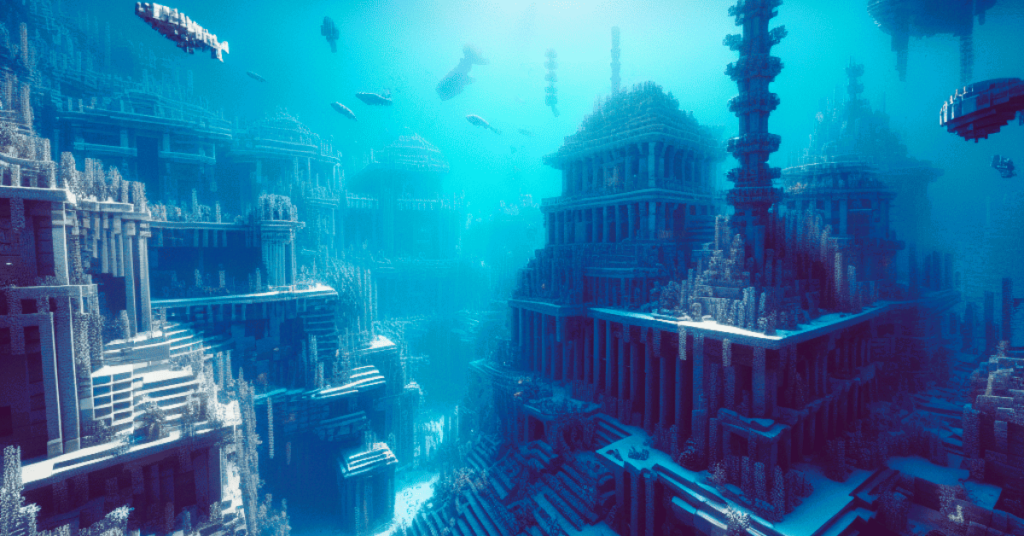In the vast and endless world of Minecraft, builders are constantly pushing the boundaries of creativity and innovation. One of the most ambitious and awe-inspiring projects undertaken by Minecraft enthusiasts is the construction of underwater cities. From sprawling metropolises beneath the waves to quaint underwater villages, these submerged settlements offer a unique and immersive building experience. In this article, we’ll explore the challenges and techniques involved in building underwater cities in Minecraft.
Challenges of Building Underwater Cities
Constructing an underwater city in Minecraft presents a host of challenges that builders must overcome:
- Limited Oxygen Supply: Unlike building on land, where players have unlimited access to oxygen, constructing underwater requires careful planning to ensure an adequate oxygen supply for both the player and any inhabitants of the city.
- Water Pressure: The pressure exerted by water increases with depth, which can pose structural challenges for underwater builds. Builders must reinforce their structures to withstand the pressure and prevent collapse.
- Mob Spawning: Underwater environments in Minecraft are teeming with hostile mobs such as drowned and guardians. Builders must take precautions to prevent mob spawning within their underwater city to ensure the safety of its inhabitants.
- Visibility: The underwater environment in Minecraft can be dark and murky, making it difficult to see and navigate. Builders must incorporate lighting solutions into their designs to improve visibility and create a welcoming atmosphere.
Techniques for Building Underwater Cities
Despite the challenges, building underwater cities in Minecraft is entirely feasible with the right techniques and strategies:
- Create Air Pockets: To provide an oxygen supply for players and inhabitants, builders can create air pockets within their underwater city using glass domes or air chambers. These pockets allow players to breathe while exploring the city and provide a safe refuge from drowning.
- Use Water-Resistant Materials: When constructing underwater structures, it’s essential to use water-resistant materials such as prismarine, glass, and sea lanterns. These materials not only withstand water pressure but also add visual interest and ambiance to the city’s architecture.
- Build Structural Supports: To prevent collapse due to water pressure, builders should incorporate strong structural supports into their underwater city design. Reinforced columns, arches, and pillars can help distribute the weight of the city and ensure its stability.
- Implement Lighting Solutions: Lighting is crucial for visibility in underwater environments. Builders can use glowstone, sea lanterns, and other light sources to illuminate their underwater city and create a vibrant and inviting atmosphere. Additionally, strategically placed lighting can deter mob spawning and enhance the overall safety of the city. Read more about creating a sustainable eco-house in Minecraft in our article.

Examples of Underwater Cities in Minecraft
Numerous impressive underwater cities have been built by Minecraft players, showcasing the creativity and ingenuity of the community. From intricate coral reefs and underwater gardens to grand Atlantis-inspired metropolises, the possibilities are endless. By exploring these creations, builders can gain inspiration and learn from the techniques used to overcome the challenges of building underwater.
Conclusion: Dive into the Depths
Building underwater cities in Minecraft is a challenging yet rewarding endeavor that allows builders to unleash their creativity and imagination. By overcoming obstacles such as limited oxygen supply, water pressure, and mob spawning, builders can create stunning and immersive underwater environments that captivate the imagination. With the right techniques and strategies, the depths of Minecraft’s oceans become a canvas for architectural innovation and exploration.
Learn more about underwater cities on Fandom
